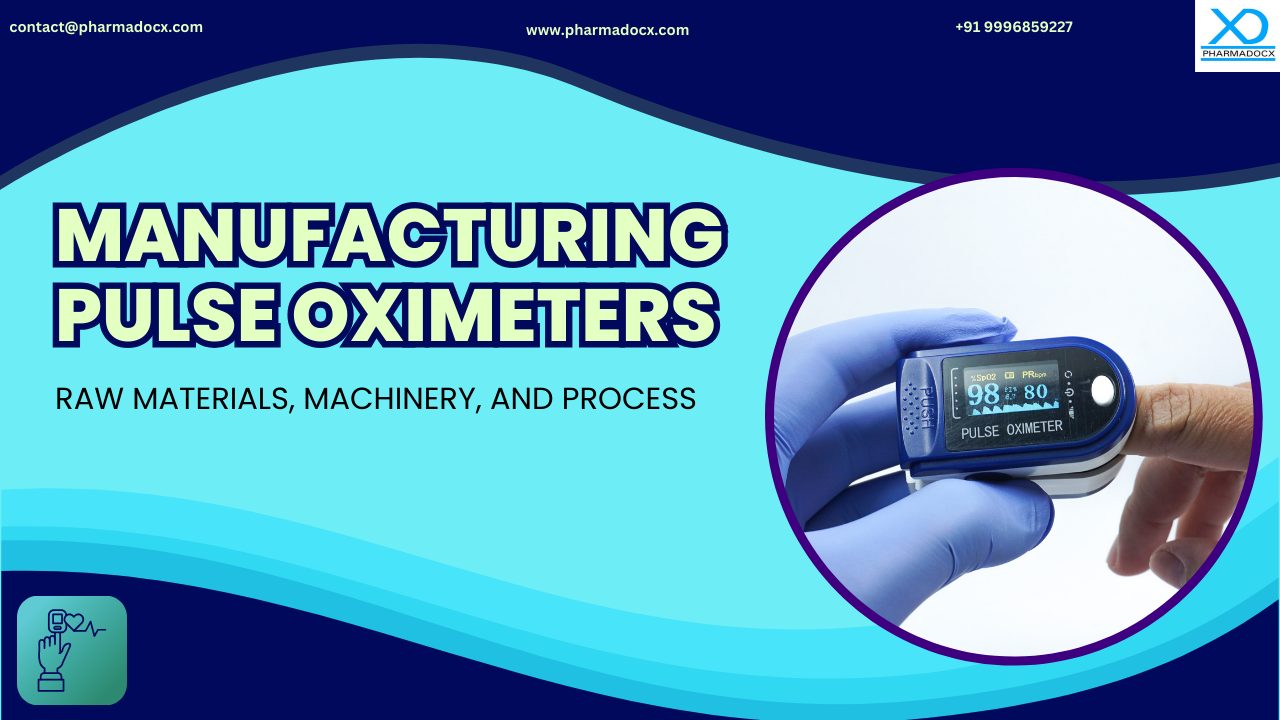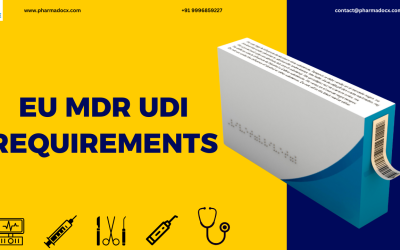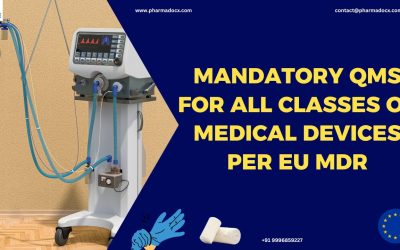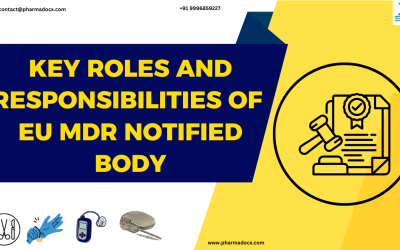Pulse oximeters are used to monitor patients’ oxygen levels and pulse rates. They are of use to both patients and healthcare professionals. In this blog, we will highlight the vital role of pulse oximeters in the healthcare industry. Additionally, this blog will provide an overview of the raw materials, machinery required, and process of manufacturing pulse oximeters.
What is oximetry?
Oximetry is the procedure of determining oxygen concentration in the blood. This is usually performed using an oximeter. Oximetry is used to evaluate medical conditions that affect the functioning of the heart and lungs. Pulse oximeters respond only to pulsations and are the commonly used oximeters.
What is a pulse oximeter?
Pulse oximeter is a medical electronic device used for non-invasive instantaneous blood oxygen saturation and heart rate monitoring. It is a valuable tool for determining the percentage of haemoglobin molecules loaded with oxygen. Haemoglobin is the oxygen carrying molecule of blood and it can either be in the oxygenated or deoxygenated state. The pulse oximeter provides rapid estimation of the peripheral oxygen saturation in an efficient and convenient manner. This medical device is used to measure a very valuable clinical data. Pulse oximeter works on the assumption that light transmission through arterial vessel is influenced by relative concentrations of oxygenated to deoxygenated haemoglobin. For a detailed explanation of the working principle, design, and construction of a pulse oximeter, please refer to this research paper.
Development of electronics and sensor technology has revolutionized the healthcare industry. Pulse oximeter is an example of one such biomedical application of advanced electronics and sensor technology. Pulse oximeters are cheap, easy to carry, safe, and effective blood oxygen saturation level monitoring device. Precise measurement of oxygen saturation and pulse rate is required, as treatment and diagnosis will depend on these findings. Hence, the process of manufacturing pulse oximeters involves several technical steps to deliver reliable and effective medical devices.
Pulse oximeter: A valuable medical device
Periodic monitoring of a patient’s blood oxygen saturation is critical, especially for patients with respiratory failure risk. Non-invasive pulse oximetry can be used to monitor this vital sign. Pulse oximeter is a vital medical device both for hospital and clinical settings. It is used to monitor patients with unstable oxygenation in operating, intensive care, emergency, recovery, and hospital ward settings. Pulse oximeter is a valuable medical device not just in the healthcare industry. For example, pilots flying in an unpressurized aircraft need this medical device to monitor their blood oxygen saturation level.

Application of pulse oximeters in the hospital settings and beyond:
- Monitoring oxygen levels of patients in hospitals
- Monitoring the vital signs of patients suffering from severe respiratory infection, such as COVID-19
- Monitoring and managing patients with sleep apnea
- Neonatal monitoring and care
- Pulmonary rehabilitation
- Remotely monitoring patients
- Application in fitness and sports settings to monitor the blood oxygen saturation level of athletes
- Monitoring individuals in high-altitude and low-oxygen environment, such as mountains and unpressurized aircrafts
Types of pulse oximeters
Handheld or portable pulse oximeters
Handheld or portable pulse oximeters are battery powered portable devices with a digital display and various types of sensors. The device can display the saturation of peripheral oxygen (SpO2) waveform. Additionally, these oximeters can be used to calculate other parameters, such as heart rate. They can be used for adult, paediatric, child, and neonatal patients. Handheld or portable pulse oximeters can be used for continuous monitoring, spot checks, and patient triage.
Finger pulse oximeters
Finger pulse oximeters are also battery powered devices. The oximeters are integrated into a clip. The clip can be placed directly on the patient’s finger or toe to measure the patient’s blood oxygen saturation level. These ultra-compact portable devices can display the SpO2 value as well as the heart rate. These devices are mainly manufactured for personal use and spot checks.
Tabletop pulse oximeters
Tabletoppulse oximeters powered by alternating current are stationary devices. These oximeters can be tabletop, wall-, and pole-mounted. Tabletoppulse oximeters have a digital display to which various sensor are connected. They can be used for adult, paediatric, child, and neonatal patients. They can calculate SpO2 as well as determine other parameters, such as heart rate, blood pressure, temperature, and capnography. These devices are intended for continuous monitoring and patient triage. As tabletoppulse oximeters are used for continuous monitoring, they are usually placed next to the patient’s bed. Additionally, they have features, such as alarm settings and trends.
In addition to the above pulse oximeters, wearable, phone-based, and integrated pulse oximeters are also available.
Manufacturing pulse oximeters
Pulse oximeter manufacturing is a lucrative business for medical device companies. For manufacturing this vital medical device, you need to establish a manufacturing facility equipped with the required machinery. Also, you need to have a sufficient stock of raw materials for manufacturing pulse oximeters. Given its importance in monitoring a vital sign, this medical device is strictly regulated by CDSCO guidelines. Hence, stringent regulatory compliance will be required for manufacturing pulse oximeters in India.
Raw materials required for manufacturing pulse oximeters
- Photodetector
- Optical components
- Electronic components
- Print circuit boards
- Light-emitting diodes
- Display screen
- Battery
- Plastic or metal casing material
- User interface components
- Adhesive materials
- Labels and packaging materials
Machinery required for manufacturing pulse oximeters
- Surface mount technology (SMT) machines
- Screen printing machines
- Reflow soldering machines
- Calibration equipment
- Automatic test equipment (ATE) and machinery
- Computer numerical control (CNC) machines
- Injection moulding machines
- Testing and quality control devices and machinery
- Assembly and packaging machines
Manpower required for establishing a pulse oximeter manufacturing business
- Skilled technicians
- Machine operators
- Unskilled worker
- Assistants and helpers
- Supervisor and manager
- Sales personnel
- Marketing executive
- Accountant
- Security personnel
The manufacturing process
Using surface mount technology, electronic components, such as microprocessors, resistors, capacitors, and sensors, are assembled onto printed circuit boards. Then, the sensor is integrated into the device. After which, the oximeter is meticulously calibrated to ensure the device provides precise readings. The next step is to install the display screen and user interface components into the device. A reliable power source will be required to run the medical device.
Throughout the process of manufacturing pulse oximeters, stringent quality control is required. It is critical that each pulse oximeter is safe and meets strict quality and efficacy standards. Then, the devices are labelled and packaged as per standards. Finally, the manufactured pulse oximeters can be marketed and sold.
The pulse oximeter manufacturing process and manufactured products are strictly regulated
Pulse oximeter is a vital medical device with its roles ranging from personal use to emergency and intensive care monitoring. Given the role of the findings of this medical device in patient diagnosis and treatment, strict regulations are required. Substandard or low-quality medical devices can have detrimental effect on patient outcome. Hence, pulse oximeters are heavily regulated in India to protect the public health.
Central drugs standard control organization (CDSCO) is the apex regulatory for all medical devices in India. It has established a classification system for medical devices to streamline the CDSCO registration process. CDSCO has classified pulse oximeters as Class C medical devices. Hence, the CDSCO registration and licensing process will be per the regulations and guidelines for CDSCO Class C medical devices.
Are you planning to start a business of manufacturing pulse oximeters in India? First, you need to get a CDSCO manufacturing license for pulse oximeters. Call/Whatsapp on 9996859227 or email at [email protected] and the Pharmadocx Consultants team will help you secure the CDSCO manufacturing license.





